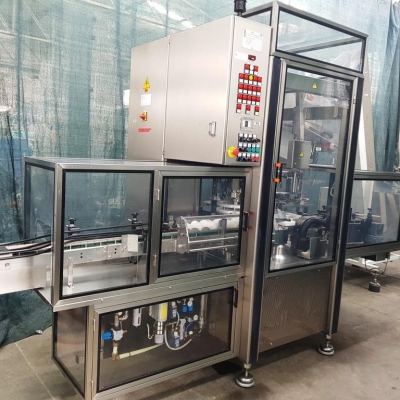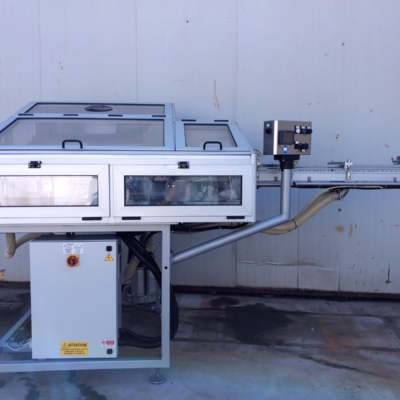Description
MACHINE TYPE:
The conveyor belt is a device used for transporting objects or bulk materials (bricks, sand, food, industrial products, packages, living beings) intended for processing on an industrial scale, such as production on an assembly line. Compared to other forms of transport, they offer the advantage of low energy consumption, low monitoring costs, and the ability to handle large volumes.
APPLICATION SECTOR:
Pharmaceutical, chemical, cosmetic, food, dietary, medical devices, manufacturing.
FEATURES:
The belt, usually made of rubber (or also plastic and stainless steel), forms a closed loop and thus is endless, driven by rollers or sprockets. The basic concept is reminiscent of a bicycle chain. The outer surface of the belt is where the load is placed, while the inner surface is usually in contact with a cylinder, the so-called drive drum. This is a body that ensures its movement and is normally located at the front (thus on the side where the material will be discharged). On the other side of the belt, the rear side, there is a second cylinder called the return roller, to which the movement generated by the drive drum is transmitted. It is also possible for the drive drum to be positioned at the rear. To ensure that the weight of the load and the inevitable disturbing elements do not compromise the correct tension of the belt, the device is equipped, along its length, with other drums called carrying rollers and support rollers; alternatively, metal sheets can also serve to stabilize its position and movement. During the journey between the loading and unloading points, the movement of the material to be transported is regulated externally by side barriers that prevent it from spilling out, although lateral exits equipped with special diverters can allow for the interruption of the path of some of the parts to be transported. In the production or transport of material, the belt can take on different configurations depending on the material being transported.
TECHNICAL SPECIFICATIONS
Belt dimensions (LxP): mm 1750×150
















